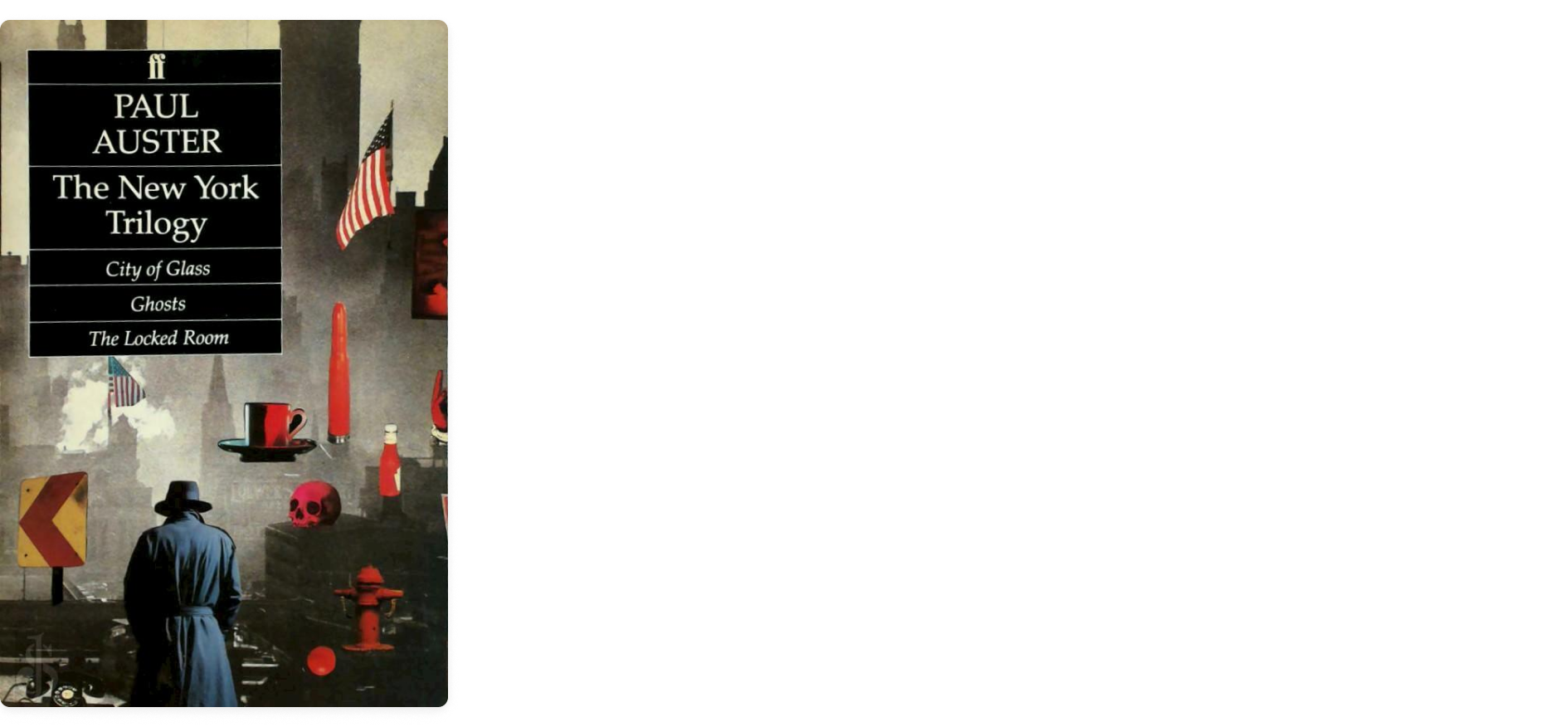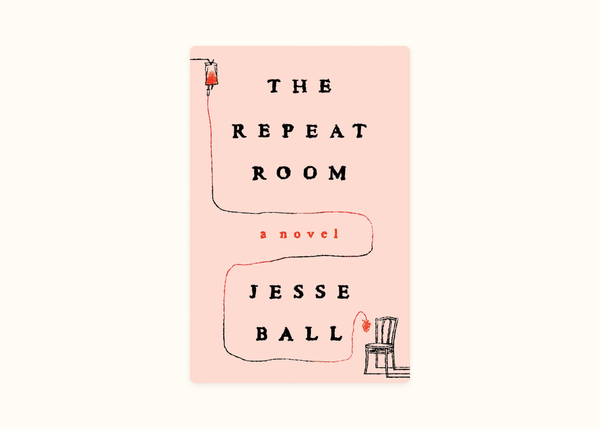Paul Auster – The New York Trilogy (1987)
If Baumgartner was his latest effort, I wondered, what had the polished diamond looked like when it still was rough?


July 2024 • Fiction
In March of this year I picked up Paul Auster's Baumgartner in a bookshop in Brussels. Known to be a revered author (‘one of the great American prose stylists of our time’), I hadn't yet read any of his books before. I decided to start digging into his body of work with his latest novel, released at the tail-end of 2023.
I liked Baumgartner. An oddball novel, it spins up several threads, and its construction somehow reminded me of a more down-to-earth version of worlds created by Charlie Kaufman.

In April, Auster died of complications from lung cancer. His wife Siri Hustvedt, a seasoned writer herself, penned a beautiful piece recalling his long career, reflecting on the extensive body of work he produced, and providing a glimpse into their many years together.
Reading about Auster's life and work, I decided to jump back in time to read the three books he released at the start of his career, now bundled as The New York Trilogy. If Baumgartner was his latest effort, I wondered, what had the polished diamond looked like when it still was rough?
The New York Trilogy consists of three short books of fiction: City of Glass (1985), Ghosts (1986) and The Locked Room (1986). Together they make up a slim volume of less than 400 pages.
In City of Glass we follow an author of detective fiction turned private investigator. In Ghosts, we follow a private investigator named Blue, in turn following a man named Black for a client named White. And, in The Locked Room, a writer named Fenshawe disappears; his childhood friend, an unaccomplished writer himself, is tasked with publishing the work of Fenshawe on his behalf.
The three books are loosely connected, sharing overarching themes of paranoia and impersonalisation. At every step of the way, they feel as though they were written by an author unburdened by expectations. They exude a confidence and a machismo that make it feel as if Auster wrote them wearing his sunglasses, a cigarette dangling from his lip—a confidence I am aware not every reader will appreciate, but enjoy immersing myself in now and again.
In each book Auster outlines the quest ahead at its outset, before continuing to unspool its thread with precision. He takes you down a rabbit hole that fits snugly at first but becomes ever more claustrophobic as the pages zip by.
The trilogy is often described as ‘detective fiction’, which is a denomination Auster disagreed with. As Tom Leatham writes in Far Out Magazine: “Auster merely uses the tropes and motifs of mystery literature to explore the deeper philosophical meaning of human life.”
The books brim with unease, loneliness and claustrophobia: its protagonists criss-cross the streets of New York to solve what seems like a mystery, but are effectively journeying down their psyche, into the depths of identities, taking us along for the ride to witness the madness they encounter.
Taken as one, the trilogy makes for a read that is at once nervy, uneasy, exciting and captivating. Suffice to say, reading the books that effectively bookended Auster's illustrious career has left me hungry for more.
The New York Trilogy by Paul Auster
Published by Faber & Faber in 1987
One book recommendation, once per month.
Book #17 • July 2024





